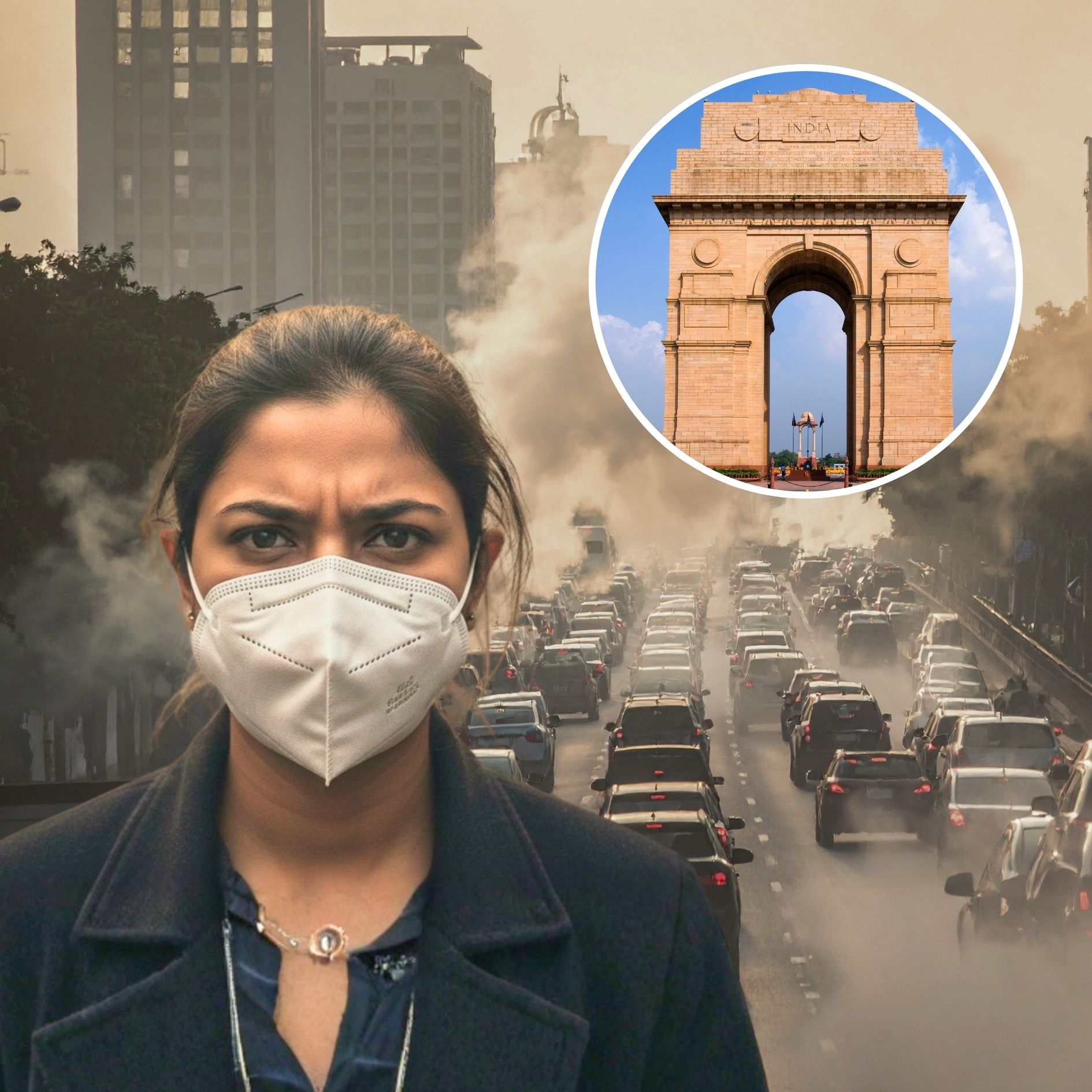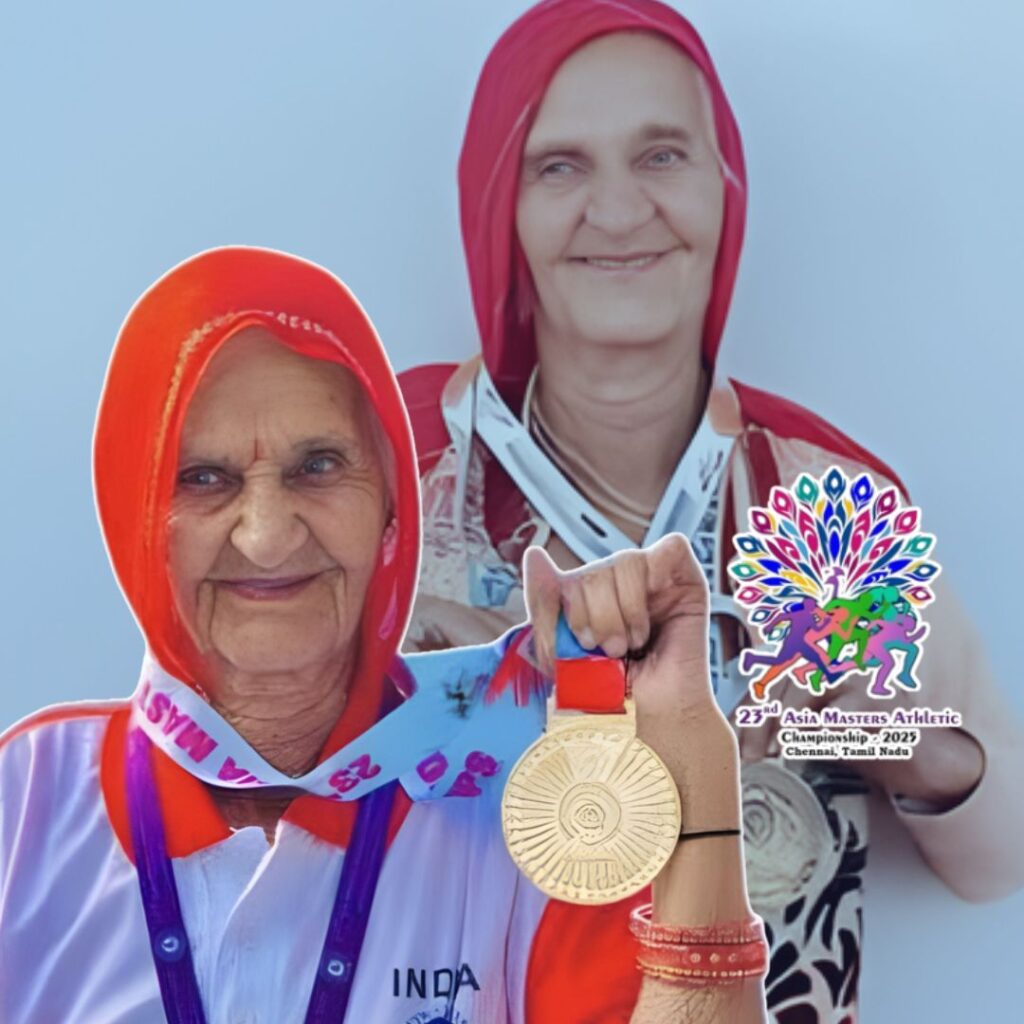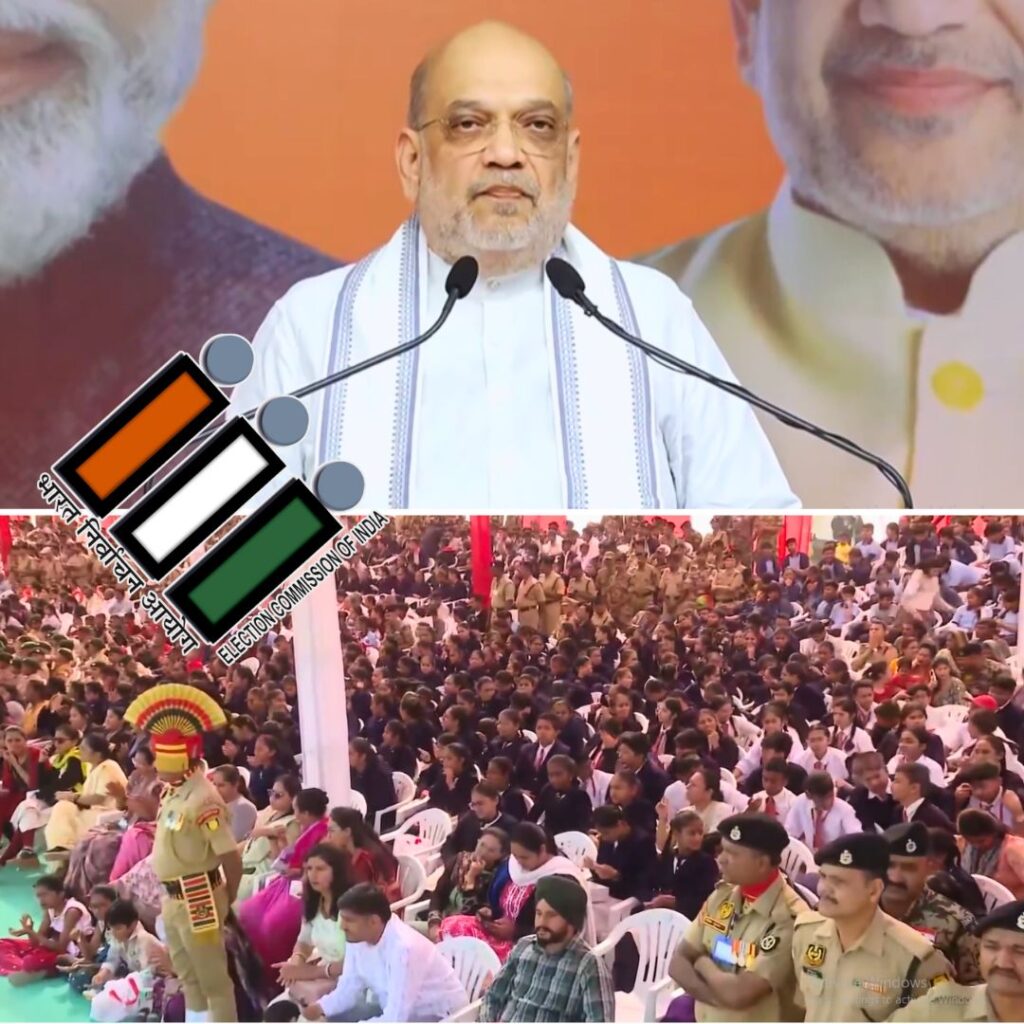With Delhi’s Air Quality Index (AQI) persistently registering in the ‘very poor’ category, the Commission for Air Quality Management (CAQM) has decided to implement select pollution control measures from Stage 4 of the Graded Response Action Plan (GRAP) while still officially at Stage 3.
This decision comes as a precaution to prevent further deterioration. Measures include reduced workforce capacities at offices (50%) with work-from-home encouraged, suspension of certain construction activities, tighter vehicle emission controls, and increased public transport services.
Officials stress the need for strict enforcement to combat the health risks posed by toxic smog in the Delhi-NCR region.
Elevated GRAP 4 Measures
Traditionally, the GRAP employs a tiered approach that escalates restrictions as air quality worsens. The recent amendment shifts some ‘Severe’ (Stage 4) restrictions, such as reduced occupancy in public offices and limited construction activities, into Stage 3 (‘Very Poor’) due to sustained poor air quality levels.
The CAQM references Supreme Court guidance urging proactivity, reflecting a more precautionary stance. Meteorological factors like stagnant winds and winter inversion layers continue to trap pollutants, compounding the crisis.
Breaking Down Delhi’s Air Quality Crisis
Data reveals that Delhi’s AQI has hovered around 360, with spikes toward ‘severe’ on certain days. The primary pollution sources remain vehicular emissions, dust from construction, industrial outputs, and stubble burning in neighbouring states. Residents report difficulty breathing and reduced outdoor activities.
Areas like ITO and Noida have been particularly impacted, with AQI readings topping 370 and 430 respectively. The government is monitoring through real-time systems and adjusting GRAP actions responsively.
What is Air Quality Index (AQI)
The Air Quality Index is a standardized numerical scale, ranging from 0 to 500, that converts complex data about multiple air pollutants into a single, easy-to-understand value indicating the overall air quality.
The pollutants measured include particulate matter (PM2.5 and PM10), nitrogen dioxide, ozone, carbon monoxide, and sulfur dioxide. AQI values are classified into six categories, Good (0-50), Satisfactory (51-100), Moderate (101-200), Poor (201-300), Very Poor (301-400), and Severe (401-500) each with associated health advisories.
Higher values mean poorer air quality and greater health risks. This system helps the public and authorities quickly understand air pollution severity and take related precautions.
What is GRAP Stage 4
Stage 4 of the Graded Response Action Plan represents the ‘Severe’ pollution category and entails the most stringent pollution control measures.
When air quality reaches this stage, authorities implement actions such as suspending all non-essential construction activities, closing schools and educational institutions, reducing workforce presence in government and private offices by 50% with encouragement of work-from-home, strict restrictions on vehicular movement, especially high-emission vehicles, and enhancing public transport services.
These measures aim to drastically reduce sources of air pollution and protect public health during the worst episodes of pollution.
Health Impacts of Air Pollution and Safety Tips
Air pollution severely impacts human health, particularly the respiratory and cardiovascular systems. Exposure to high pollution levels can cause breathing difficulties, worsen asthma and chronic lung diseases, increase risks of heart attacks and strokes, and impair lung growth in children. Vulnerable groups include children, elderly, pregnant women, and people with pre-existing conditions.
To stay safe during high pollution episodes, it is advised to limit outdoor activities, wear protective masks like N95 when outside, keep windows closed to prevent indoor pollution, use air purifiers, stay hydrated, avoid heavy physical exertion, and use public transport or carpool to reduce emissions.
The Logical Indian’s Perspective
This situation is a plea for heightened harmony between urban development and environmental health. The Logical Indian calls on citizens, industries, and policymakers to uphold sustainable habits and enhance collective responsibility towards air cleanliness.
Proactive community participation combined with strong governmental action can actively safeguard vulnerable populations and improve life quality.












